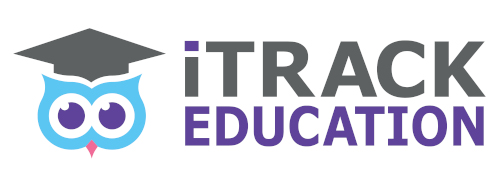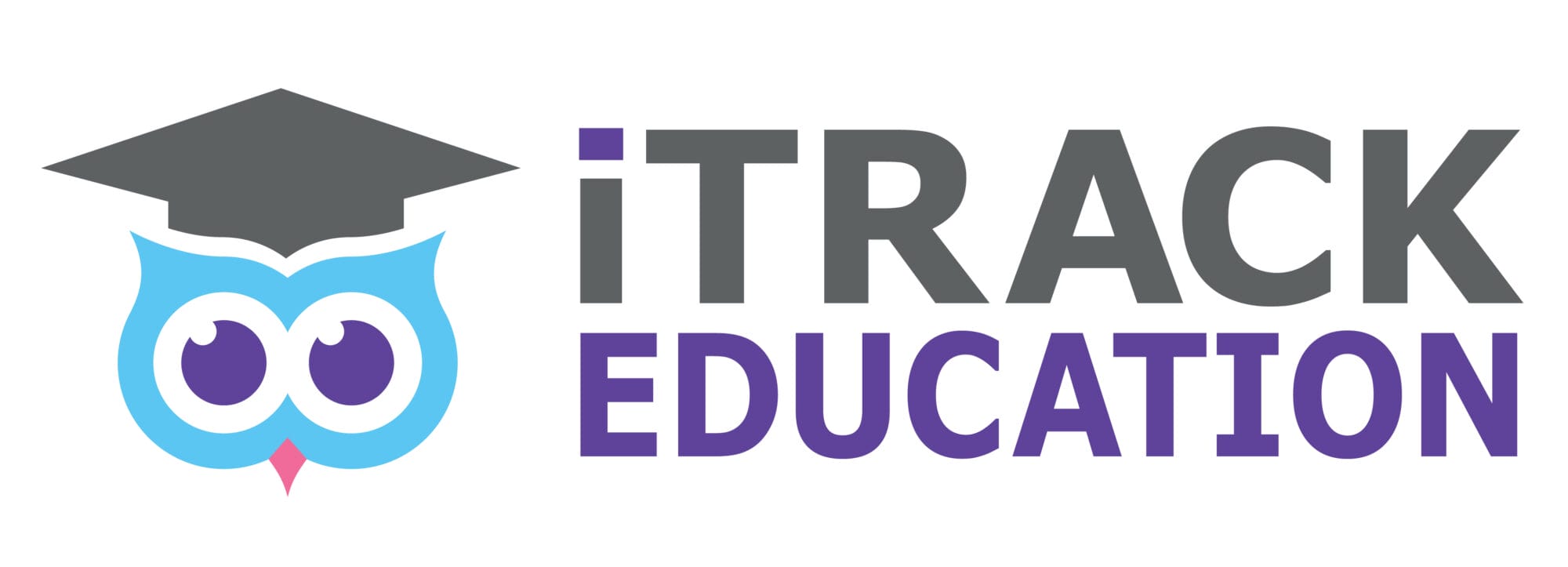
Artificial Intelligence (AI) is rapidly reshaping the world, yet public awareness often lags behind its transformative pace. In the opening of this blog series, I highlighted how everyday sectors—such as property search and price comparison websites—are already being disrupted by tools like ChatGPT and Microsoft Copilot. These new systems deliver tailored, real-time results covering the whole sector which bypasses traditional content aggregators, illustrating AI’s growing role in streamlining and personalising digital experiences. At the same time, a fierce global competition has emerged for top AI talent, with major tech firms offering tens of millions of dollars to lure key executives. This is hardly surprising, given that companies like Meta, Microsoft, Apple, and Amazon are expected to raise their combined investment in AI to a staggering $595 billion in 2025—up 35% on 2024.
These shifts signal more than just commercial change—they represent a profound societal turning point. As Bill Gates has suggested, the rise of AI may be more consequential than the advent of the internet. For education, this means opportunity, urgency, and threat. Institutions that recognise and embrace AI’s potential will be better equipped to support learners and educators in a fast-changing landscape. But serious dangers remain. Without thoughtful implementation, we risk cultivating a generation of “zombie children”—where original thought and creativity decline while AI does the thinking for them.
A Quiet but Major Shift
When the Department for Education (DfE) quietly announced that it had used artificial intelligence to analyse over 7,000 submissions for its curriculum review, it didn’t just demonstrate a boost in operational efficiency—it marked a cultural turning point. AI is no longer confined to edtech expos or academic papers. It is now embedded in policymaking at the very heart of England’s education system.
Even more significant was the DfE’s official guidance encouraging schools to begin using AI tools in the classroom. It’s a bit like laying train tracks while the locomotive is already approaching. Schools are being asked to innovate in real time, even as frameworks, safeguards, and long-term strategies are still under construction. The shift from theory to practice is happening live—and the implications are enormous.
From Novelty to Necessity
Until recently, artificial intelligence in schools was a speculative topic. Teachers were curious, leaders cautious, and unions alert to risks. But the landscape has changed. Generative AI tools like ChatGPT and Google Gemini now support writing, lesson planning, data analysis, and even marking—drawing the attention of overworked teachers and stretched school leaders.
Now, with the DfE’s green light, schools are officially encouraged to explore AI for lesson preparation, admin tasks, marking, and personalised feedback. The logic is compelling: used wisely, AI could significantly reduce teacher workload and boost learning. Amid the ongoing recruitment and retention crisis, the promise is real.
What the Guidance Actually Says
Released in June 2025, the DfE’s guidance emphasises that AI should support—not replace—teachers. Any AI-generated feedback must be reviewed by a human. Safeguarding, data privacy, and accuracy are highlighted as critical. Schools are also advised to obtain parental consent before using student work to train AI models. In short: go ahead, but proceed with care.
Yet critics argue the guidance is vague and overly optimistic. What does “checking AI outputs” really mean for a teacher faced with 30 books to mark in an evening? Can schools be confident that free AI tools aren’t quietly harvesting student data? The ethical and logistical uncertainties are real.
And there’s a deeper academic issue emerging: how do we prevent AI-generated student work from undermining authentic thinking? The trends are concerning. As Niall Ferguson recently wrote in The Times (5 July 2025), average weekly study hours for college students have fallen to 12–19 hours—down nearly 50% from a few decades ago. Not because they’re working part-time, but because AI lets them complete assignments much faster. Ferguson cites a student who once spent 10–12 hours on an assignment, now finishing it in just 2.5 hours with AI. And detection tools are not always reliable – one tool wrongly flagged the Book of Genesis as being 93% AI-generated.
Who’s Fooling Whom?
The problem is that AI is just too helpful for students. As long as students know the right prompts to enter, they no longer need to wrestle with ideas, solve problems, or develop arguments themselves. Unless edtech companies develop protected “cloisters”—timed, monitored, cut-and-paste-proof online environments—traditional assignments and homework could lose all meaning. Without reform, we risk creating learners who outsource their thinking, and with it, their capacity for growth.
A Sector on the Brink of Transformation
Despite these concerns, the sense of momentum is unmistakable. Multi-Academy Trusts are piloting AI-marking tools. Edtech startups are launching AI-driven teaching assistants. Publishers are racing to integrate AI into their learning platforms. And schools—facing relentless budget pressures—are understandably drawn to anything that promises “efficiency.” As one might expect, webinars and conferences on how to get up to speed with AI in Education are becoming more frequent. Amongst others, Blue Cow is organizing a London-based AI Conference in September – details at https://www.bluecoweducation.com/ai-conference.html
Some schools will forge ahead. Others will wait. But the debate has moved beyond “if” to “how.” AI is already in the classroom—and it’s officially endorsed by the Department for Education. There are huge efficiency savings where AI can help make the educational learning process better and potentially more cost effective.
A Final Word
The future of education is no longer theoretical—it’s already arrived, encoded in algorithms and quietly shaping how students learn and how teachers teach. Schools can’t afford to be passive observers. We must urgently ask not just what AI can do, but what it should do. If we fail to act with clarity and caution, we won’t just be outsourcing marking or planning—we’ll be outsourcing thought and creativity itself. But if we seize this moment with wisdom and courage, we have the chance to redefine learning for the better. The stakes couldn’t be higher—and the clock is already ticking.
By Philip Beale

